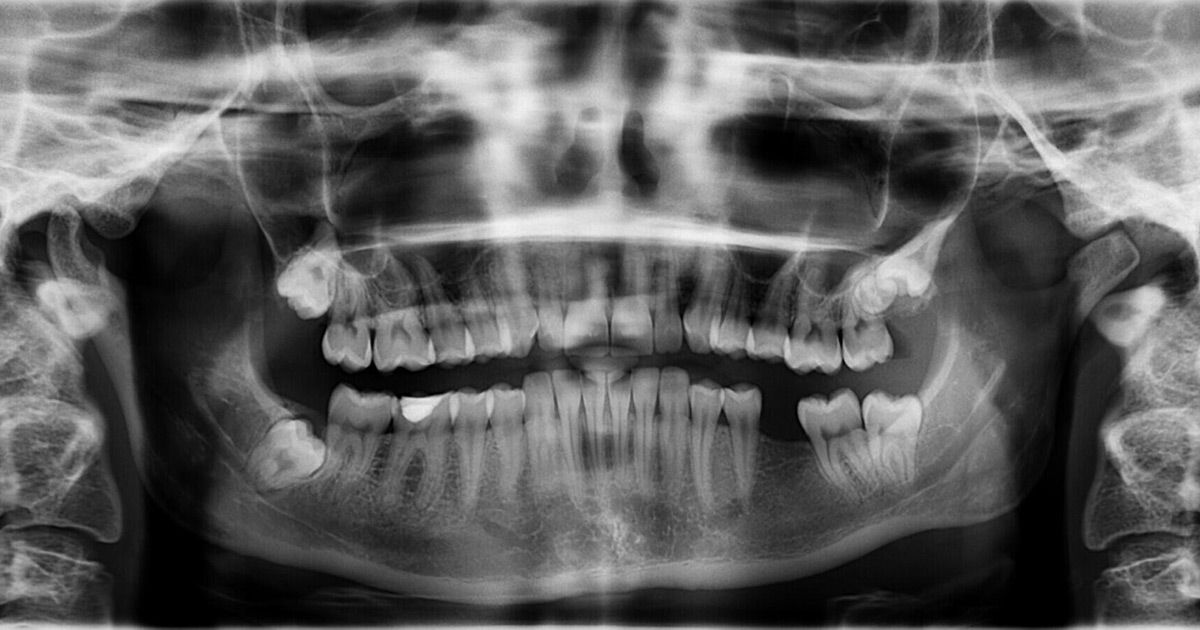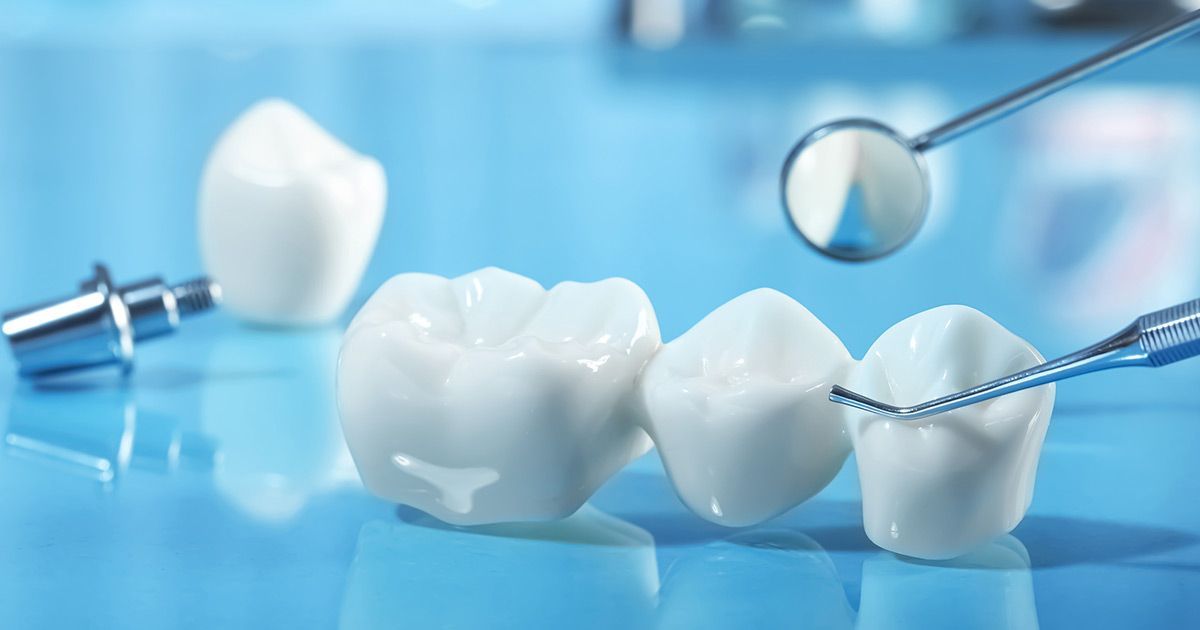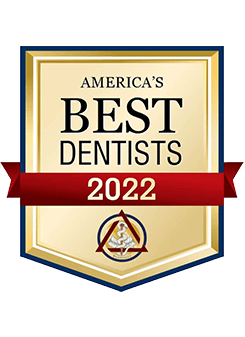The Process of Getting Braces: What to Expect from Start to Finish
Explore types of braces and how getting braces works at Haddad Dental. Take the first step towards a confident smile now!
Did you know that nearly 4 million people in the United States wear braces at any given time, according to the AARP? Braces are more than just a path to a straighter smile. They improve oral health and boost confidence.
If you're considering orthodontic treatment, you may wonder what the process involves or which types of braces might suit your needs. Join us as we take a closer look into everything you can expect, from the first consultation to the final adjustment.
Types of Braces: Options for Every Lifestyle
When it comes to orthodontic treatment, there are several types of braces to choose from. Each option offers unique benefits and suits different needs. These include:
- Metal braces
- Ceramic braces
- Lingual braces
- Clear aligners
Metal Braces
Metal braces are the most common type and have been used for decades. They are made of sturdy materials, making them durable and effective for correcting a wide range of dental issues. While they're noticeable, they often remain the best option for severe misalignment or bite problems.
Ceramic Braces
Ceramic braces work in the same way as metal ones but are made with materials that blend in with the teeth. This makes them less visible and more appealing for adults and teens who prefer a subtle look. However, they may require extra care to prevent staining.
Lingual Braces
Lingual braces are placed behind the teeth instead of the front. This makes them nearly invisible, which is ideal for those who don't want their braces to be noticeable. They can be more challenging to clean and adjust but are a great choice for aesthetic reasons.
Clear Aligners
Clear aligners like Invisalign are a modern solution for mild to moderate alignment issues. They are removable, making eating and cleaning easier. Regular replacements are needed as teeth shift, but they are a convenient and comfortable choice for many.
What to Expect With Braces: The Basic Steps
There are three main steps to getting braces that help prepare you for treatment:
- The consultation
- The preparation process
- The fitting and adjustments
The Consultation
The consultation is the first step in getting braces. During this visit, the orthodontist examines your teeth and jaw to identify alignment issues or other problems that braces can fix.
It may involve X-rays, photos, or digital scans to create a detailed view of your mouth. The orthodontist will then discuss your treatment goals and recommend the best plan, including the types of braces that would work for you.
The Preparation Process
Once the treatment plan is decided, preparation begins. It ensures your mouth is ready for braces. The orthodontist might take molds or digital impressions to design your braces or aligners.
Some people may need dental cleanings or even extractions to create space for the treatment. This phase sets the foundation for effective and smooth progress.
The Fitting and Adjustments
Fitting the braces is the next step. It involves attaching brackets to your teeth using a special adhesive and connecting them with wires. The process is usually painless, though it may take a little time to complete.
After the braces are in place,
the orthodontist will provide instructions for care and set a schedule for regular adjustments. The adjustments ensure the braces continue to move your teeth into the correct position over time.
Braces Treatment Timeline: How Long Does It Take?
The length of braces treatment varies depending on individual needs. On average, most people wear braces for 12 to 24 months, though the timeline can be shorter or longer based on specific factors. It can include the severity of alignment issues, the type of braces chosen, and the patient's commitment to following the orthodontist's instructions.
For mild cases, treatment may last about a year. It's often the case with clear aligners or when only minor adjustments are needed. Moderate alignment issues usually take closer to 18 months.
For severe cases, such as correcting significant crowding or bite problems, treatment may extend beyond two years. Regular checkups and adjustments play a big role in ensuring progress stays on track.
The type of braces also impacts the timeline. Traditional metal braces and ceramic braces are effective for a wide range of issues, while clear aligners may be better suited for milder cases. Lingual braces, being highly customized, might require slightly longer treatment times depending on the complexity of the case.
After the braces come off, retainers are necessary to
maintain the results. They're often worn full-time at first, gradually transitioning to nighttime use. The post-treatment phase ensures that the teeth stay in their new, proper positions.
Caring for Braces Tips
Maintaining oral hygiene is one of the most important aspects of caring for braces. Brushing after every meal is recommended to prevent food particles from getting trapped around brackets and wires.
Using a soft-bristled toothbrush and fluoride toothpaste can help keep your teeth and braces clean. Flossing daily is also essential, and tools like floss threaders or water flossers can make the process easier.
Avoiding certain foods is another key step. Hard or sticky foods like popcorn, nuts, caramel, and chewing gum can damage braces or get stuck, making cleaning difficult. Opting for softer foods and cutting items into smaller pieces can reduce the risk of issues.
Finally, using
tools and techniques for comfort can make the process smoother. Orthodontic wax can be applied to brackets or wires that cause irritation. Over-the-counter pain relievers may help if there's discomfort after adjustments. Your orthodontist may also recommend specific products like interdental brushes
for cleaning around the braces.
Braces Treatment Timeline
Braces are an effective way to achieve a healthier, straighter smile. Understanding the steps involved, the types of braces available, and how to care for them ensures a smoother experience. With the right approach, braces can transform your dental health and confidence, leaving you with lasting results worth the effort.
At Sewell Dental Designs, the office of Dr. Fred C. Haddad, we proudly serve Gloucester County with personalized, high-quality care focused on your dental health and experience. From Invisalign treatments using advanced 3D scanning technology to crafting beautiful smiles, we're here to help. Get in touch today to schedule your free consultation!
Dr. Haddad
D.M.D
Dr. Haddad’s purpose at Sewell Dental Designs is to empower his patients so they can achieve and maintain excellent dental health and have a smile they are happy to show off. He decided on this path after receiving treatment from a competent and friendly dentist when he was a teen.
Dr. Haddad obtained his Bachelor of Science degree at George Mason University in Virginia and went on to earn his Doctor of Medicine in Dentistry degree (DMD) from Temple University Maurice H. Kornberg School of Dentistry.
Dr. Joanna
D.D.S
Dr. Joanna Haddad was born and raised in Lebanon and now resides in Philadelphia, PA. She speaks Arabic, French, and English fluently. Dr. Joanna earned her Doctorate of Dental Medicine from the University of Pennsylvania School of Dental Medicine, graduating with honors in Public Health. During her time in dental school, she was highly involved in various organizations and served as the Chapter President of the American Student Dental Association. She is also a proud member of the American Dental Association, American Association of Facial Esthetics and American student dental association.
Dr. Giesberg
D.D.S
Dr. Konstantina S. Giesberg, DDS, is a board-certified dentist anesthesiologist who has earned the privilege of becoming a Diplomate of the American Dental Board of Anesthesiology (DADBA).Dr. Giesberg obtained, with honors, her degree of Doctor of Dental Surgery (DDS) from the University of Buffalo, NY. She then completed her General Practice Residency in Dentistry at Wyckoff Heights Medical Center in Brooklyn, NY. Dr. Giesberg then furthered her studies at Wyckoff Heights Medical Center with a Specialty Program in Dental Anesthesiology, involving three years of concentration in deep sedation and general anesthesia.















